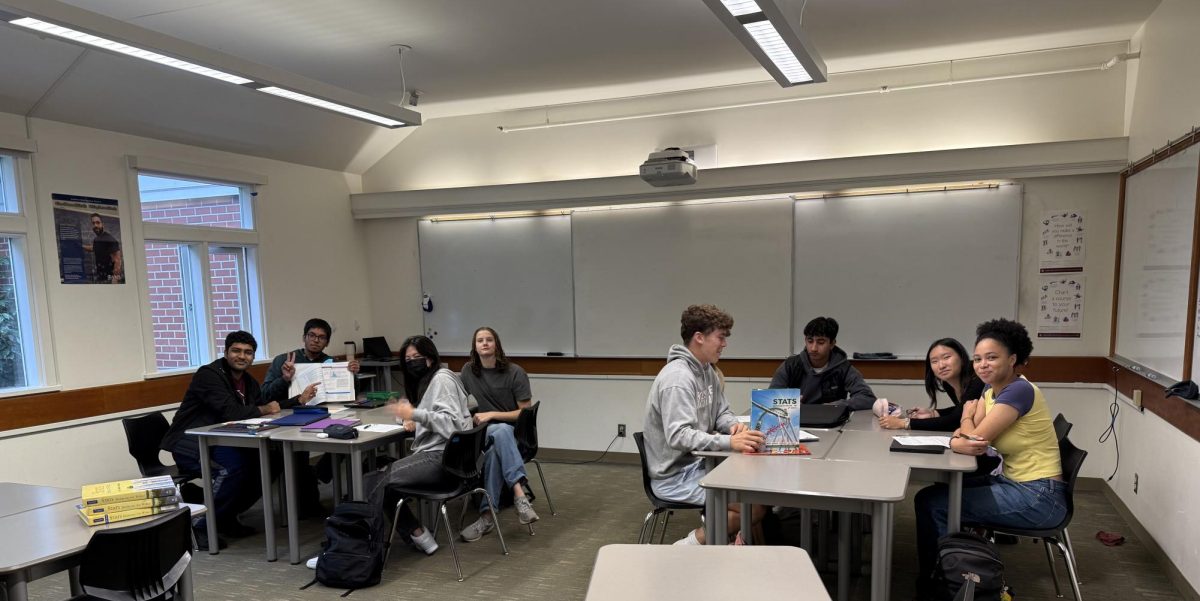There is one math class that rises above all others in terms of utility. Above the subterranean dwellings of geometry, surface-level world of algebra, and mountains of calculus, there lie the heavenly clouds of statistics. Forever dominating our world and, for whatever reason, perennially out of reach.
If you’re a STEM person, you’re probably bemoaning my suggestion right now. “If we have to take statistics, we have one less year of actually ‘useful’ math like calculus,” you might claim. Well, I disagree. Sure, if you go into a STEM field without knowledge of calculus, you might be slightly cooked. But without a knowledge of statistics, you’ll get broiled. (Unless you’re going into pure rather than applied math — though even then you might rarely need calculus again). “Oh, but I’ll learn it on the fly,” you might think. Not quite so — statistics, unlike many disciplines, is just as much about the exact stuff you learn (p-values, statistical power, etc.) as it is about a mode of thinking. To know when your results are significant — and more importantly, how much more data you’ll need to make them significant — requires precise knowledge of statistical methods.
Outside of STEM (or really just math, physics, and engineering), the argument for statistics becomes downright unbeatable. Find a lawyer, a political scientist, or a historian and ask them the last time they needed calculus. Heck, even find a biologist or some chemists and ask them the same question. The answers are probably going to range from “that random experiment a couple years ago” to “the required freshman year courses at college.” But statistics is universally useful. When making an argument, lawyers often have to bring in expert witnesses, who often report in terms of probabilities (or at the very least, give error bars); political scientists’ entire shtick, at least after 2016, is that their predictions carry “inherent uncertainties”; and even a historian might need to quantify their claims about ancient civilizations. Statistically speaking, meanwhile, the number of times chemists and biologists statisticize is more than they statistically want to. (Sorry, not sorry).
But let’s take this analysis one step further — i.e. out of the professional world and into the personal and political. An oft-repeated lamentation among popular media is that Americans fail to understand facts or figures. Admittedly, such a claim deserves more nuance (e.g. I think most adults understand facts and basic figures), but it nonetheless points to an important fact: misleading statistics, despite being easy to debase, still mislead millions. A first course in statistics — one that emphasizes data representation, error calculation, and statistical significance — would certainly reduce the power that unsavory actors wield over the American public. An ability to recognize when the axes on a graph are laughable or when a difference in means is not statistically significant would go a long way towards fighting data misrepresentation in media.
Lakeside, in its quest to “develop in intellectually capable young people the creative minds…needed to contribute wisdom, compassion, and leadership to a global society” should also develop in us the ability to weed out facts from fiction. It should pioneer a new sequence in mathematics where statistics — rather than algebra or calculus — takes center stage as a required class for all. Will that manage to annoy both humanitiesand STEM-centric people? Maybe. But that’s probably a good thing.


